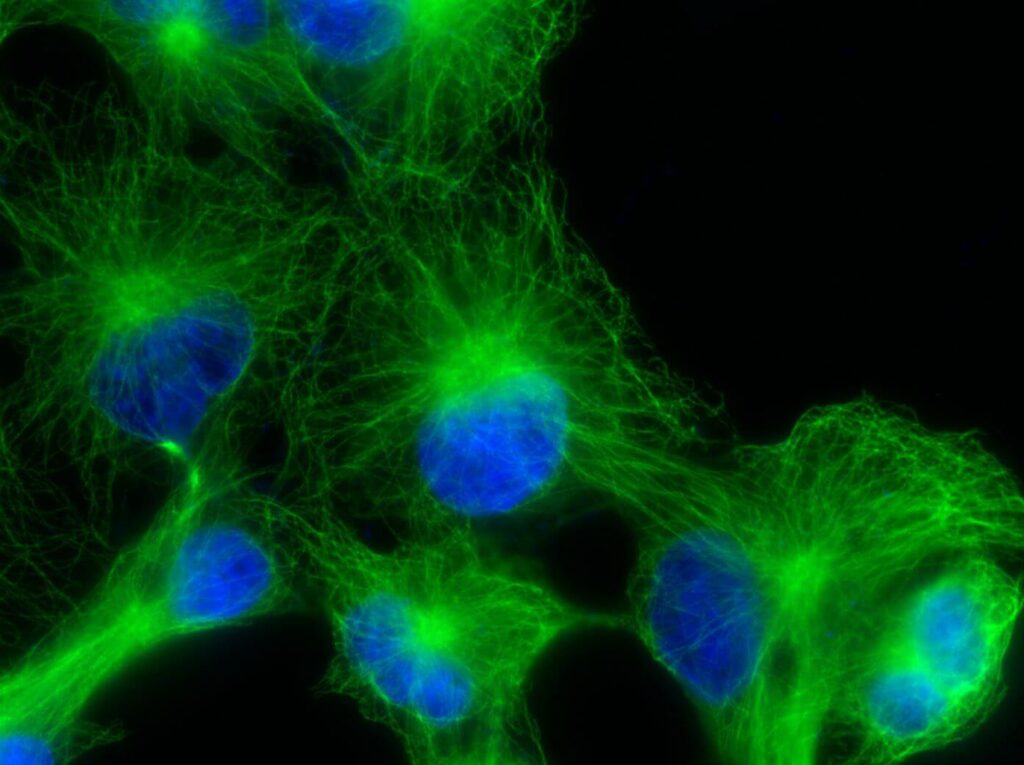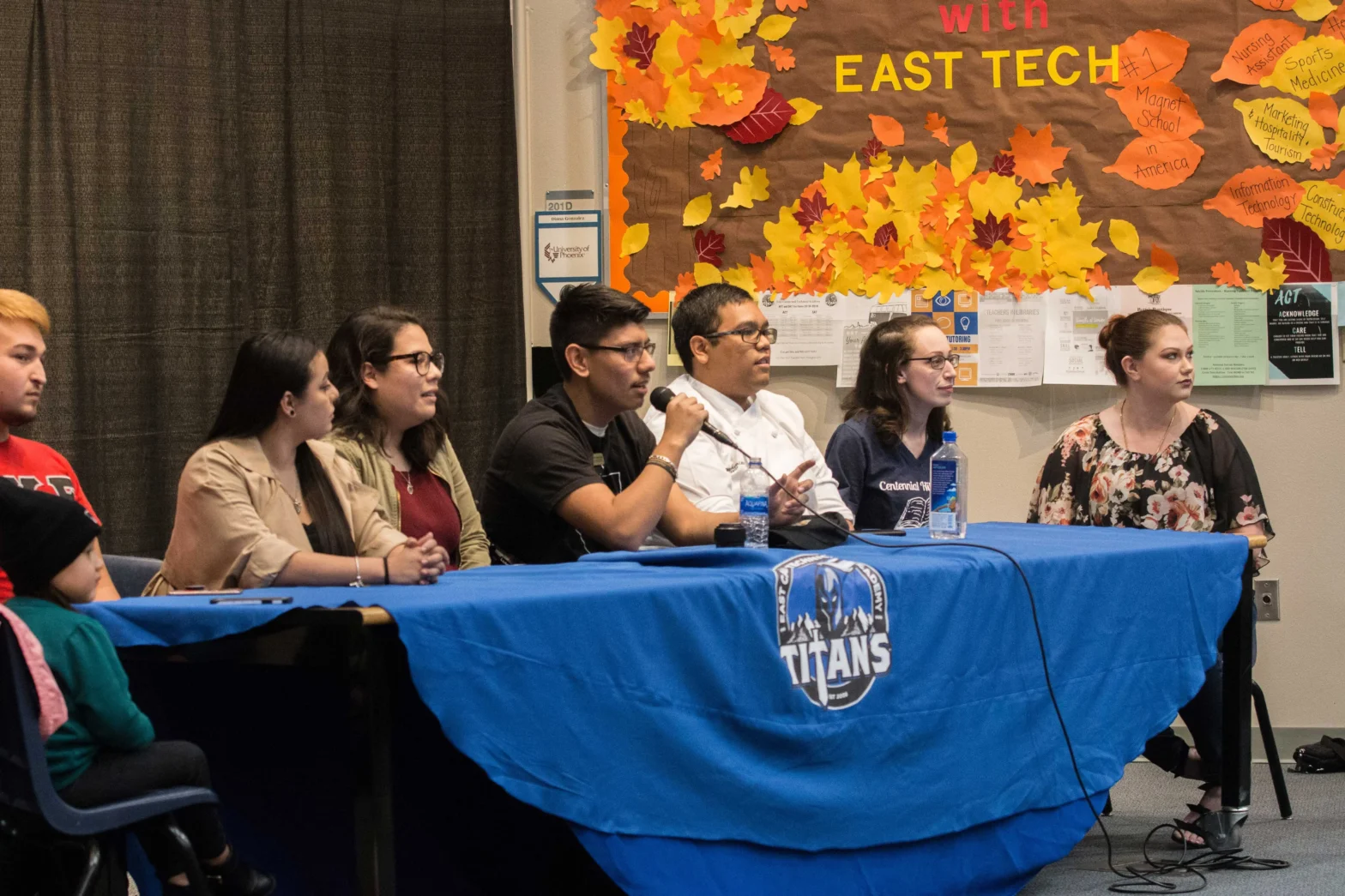“Applying to college in the last year of high school was nerve-wracking and taxing, not least because I procrastinated.”

With little guidance, I completed several applications to places from which I didn’t expect an acceptance letter—University of Southern California, Harvey Mudd College, and Stanford, among others—just days (and in one case, hours) before their respective deadlines. The self-doubt seems perplexing given the fact that my grades were alright; it was that I was submitting my first draft of each essay because I was so close to running out of time that made me think I’d be matriculating at the University of Nevada, Reno the next academic year. (Not that UNR is a bad school, I just couldn’t think of another one to put there.) Thankfully, I had already reached out to counselors about transcripts and fee waivers, but essays are, well, also pretty important. This was during winter break, so East Tech faculty wasn’t exactly available. I was also the first member of my family to apply to a four-year college, so they weren’t really familiar enough with the application process to help much.
STATISTICS
This last plight is not unique, especially in Clark County. According to the United States Census Bureau, a slightly lower percentage of the population over age 25 has attained at least a bachelor’s degree compared to the nation as a whole. We also have a higher percentage of foreign-born and/or Hispanic people, which tends to be conducive to having a good (bad?) percentage of students with parents who haven’t been to college. Nationally, about 1 in 4 undergraduates are both first-generation and low-income, which leads to problems with high attrition rates. So it’s not going to surprise me if many past and current ECTA students have had or are going to have similar troubles with the college application process.
But enough with the discouraging statistics. To make a long story short, I was accepted into Stanford, hooray. I was surprised but very excited, and even more excited when I saw my financial aid package. I’ve been able to afford school without any loans. I receive my bachelor’s degree in Biology and a minor in Education in June, and I am reliving the execration of the college application process as I apply to graduate schools for next year (don’t worry, this time, I’m staying on top of the deadlines).

LIFE AT STANFORD
This is not the end of the story, but I’ve hardly touched the middle of it. My experiences at Stanford were diverse, to say the least. When I first arrived, I was overwhelmed and felt like I didn’t really belong there. (Well, I’m still overwhelmed and feel like I don’t really belong there, but that’s neither here nor there.) Maybe the acceptance letter and the financial aid packet and enrollment information were all part of some cruel joke, and at the orientation the president of the university would point at me and everyone would laugh and—
Maybe I was being a little unrealistic. Of course none of that happened, and the new student orientation concluded without incident. As I began my first quarter, I was in for some new challenges.

FIRST-GENERATION STUDENTS
As it turns out, first-generation students tend to be a little underprepared, academically and socially, for the college experience. (I did have good grades, and ECTA is far from abysmal, but we are located in the state consistently ranked nearly last in Education Week, so…) The College Board recommends reaching out to these students before the actual college application process, but this is not always the case (like right here). Fortunately, Stanford actually does expend some effort in trying to help these students adapt, with a whole Diversity and First-Gen office and a student-run First-Generation, Low-Income Partnership (FLIP) dedicated to, well, exactly what it says on the tin.
Apart from a mentor from FLIP who left to study abroad in Germany the next quarter, I didn’t really seek out those resources from the first-gen-focused organizations. I probably should have, considering I was having to adapt to this newfound independence and responsibility as well as being hundreds of miles away from home and friends. Okay, so my first quarter wasn’t actually that rough (Oh, no! I got my first C!), but I was lazy and overconfident and it didn’t go as well as it could have. But to be honest, academics are probably the least interesting part of this story, so for anyone who’s actually interested I haven’t gotten any C’s for a while. (Shall I take this opportunity to humblebrag about the rest of my performance? …Nah.)
The second quarter of freshman year, I began volunteering. Keeping my own educational background in mind, I sought something education-related and maybe with low-income students. You see, Stanford is adjacent to a city called Palo Alto, and East Palo Alto is right next to Palo Alto (I think it might be east of it, but I’m not too sure). I would say Palo Alto is to East Palo Alto as Las Vegas is to North Las Vegas, but the differences in the demographics are stark. Palo Alto is mostly white and Asian; East Palo Alto is Hispanic and black. Palo Alto is rich, East Palo Alto is not. A lot of volunteer organizations on-campus are focused on EPA. (But let’s avoid the mindset of “Oh, no, we have to fix/rescue that poor community/those poor people,” because we are not saviors. That is another discussion entirely.)
PUBLIC SERVICE
So at the Haas Center for Public Service at Stanford, I became a mentor for the Science in Service program. Every week we went out to a school in East Palo Alto or another school that doesn’t place a lot of emphasis on science education and we design and perform science experiments with the students. I was placed with two quiet seventh-graders who didn’t really like talking, but we had a lot of fun putting together a science experiment to confirm that alcohol will kill more E. coli in a Petri dish than warm water. Now I work for the program as a coordinator, and I work with five other coordinators to put together lesson plans and train our volunteers. This quarter we’re getting ready to focus on tinkering and building and making little circuits with electricity.
Participating in public service in the Bay Area has meant a lot for me throughout the years. The summer after my sophomore and junior years, I was a teaching fellow for Breakthrough Silicon Valley, where I worked with some of the most amazing and hardworking middle and high school students I’d ever seen. Starting junior year, I also began tutoring for EPATT—East Palo Alto Tennis & Tutoring—and it’s just so satisfying to see someone finally understanding a concept they initially had trouble with.

I’ve had so many opportunities at Stanford. I’ve seen and met Jesse Jackson and Gro Harlem Brundtland, among others. I’ve been able to explore surrounding Bay Area businesses in the name of learning more about EdTech. I’ve investigated a specific human tumor suppressor gene in transgenic yeast cells. I’m getting ready to complete an honors thesis in education on summer learning loss. Stanford beat Cal all four years I was here (admittedly, that is neither important nor much of an achievement).
MY BEST EXPERIENCE
But the experiences that have really stood out to me are the ones that have involved public service, because of my own background. This is to such an extent that I am getting ready for a career in public service—in science teaching. For all the first-generation students out there who aren’t sure about their future in college, hold on, because there are some amazing experiences you will get to go through. And in whatever path you take—public service, business, entertainment, engineering—may you receive the guidance you need along the way in the area you’ve always dreamed of.

Share Alumni Legend on:










